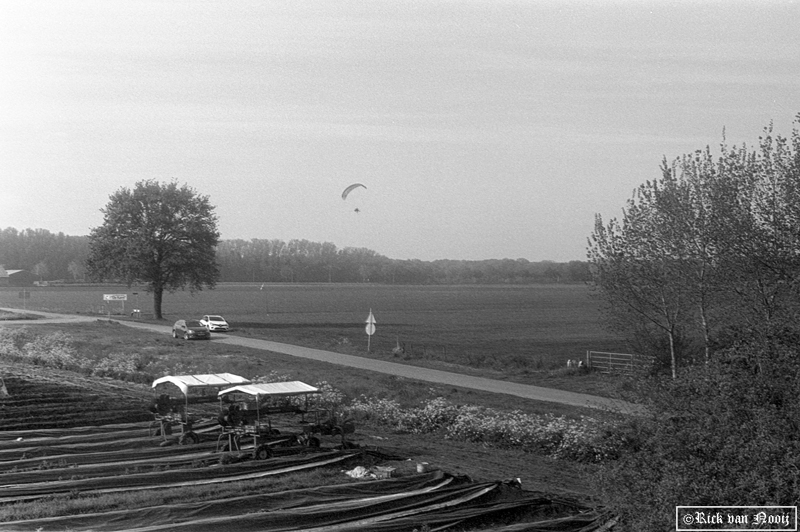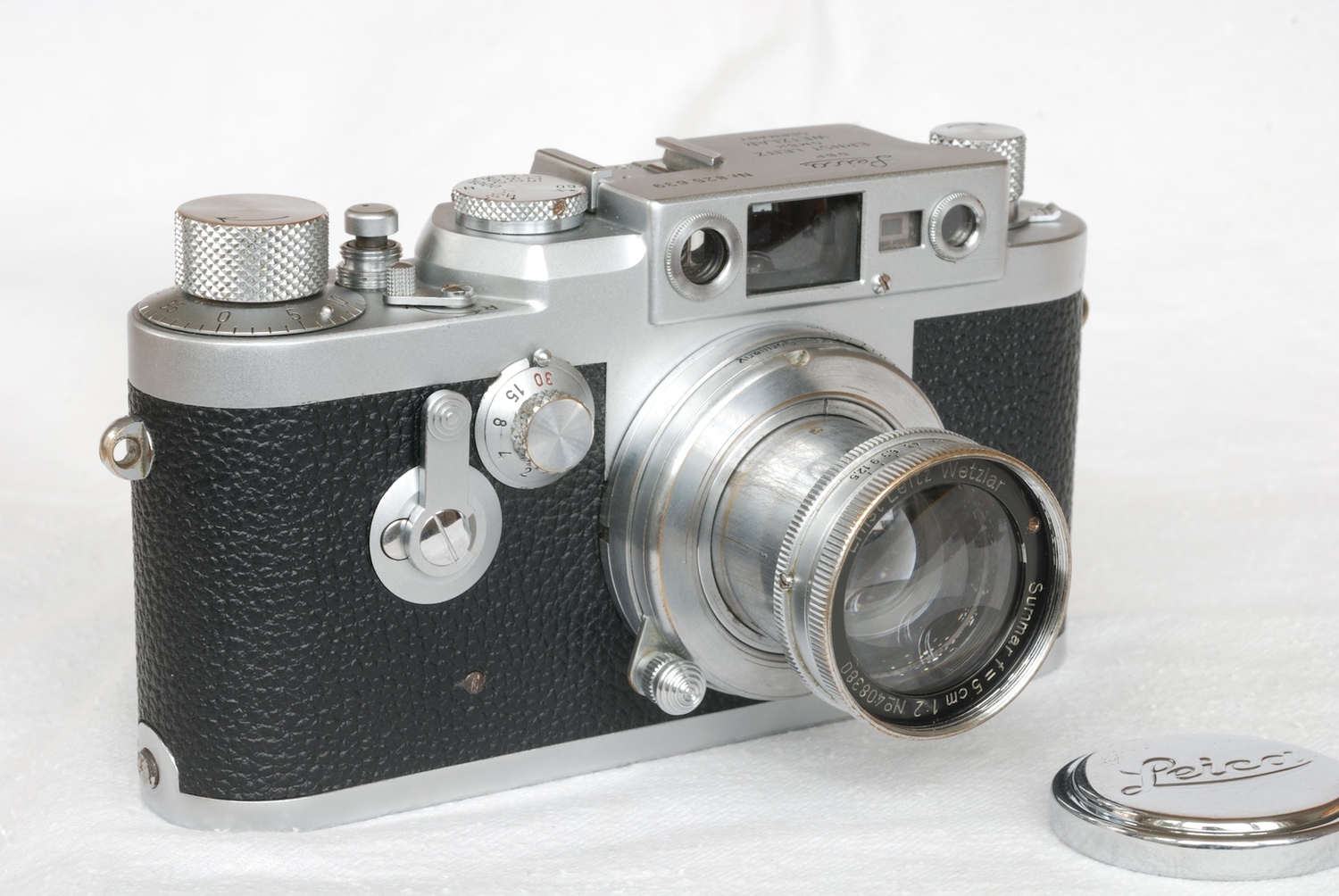Erik van Straten
Veteran
Ha! I have something unique: an in-between IIIg!
Don't use yours, Rick, a half-worn M2 is just as good.
Erik.
Don't use yours, Rick, a half-worn M2 is just as good.
Erik.
If you can find me a half-way-decent/worn M2 for the price I paid for the IIIg, I might consider it




Got it from the eBay links mentioned before.
The hardest part on these cameras is in my opinion the removal of the bezels around the range finder windows - but easily done when you have the proper tools.
The replacement of the beam splitter was actually very easy and done in about 1 hour time, max. The results are absolutely wonderful
 The Beginning by Neal Wellons, on Flickr[/URL]
The Beginning by Neal Wellons, on Flickr[/URL]Must be easier on a IIIc than on a III. I really had a hard time when I tried to get a Nobbysparrow replacement mirror into a III; finally I simply cleaned the original part which improved the rangefinder image a lot.
Erik.


Nice! As far as I can see, the Elmar is a converted Elmar from a Leica I. It does not have a number on its front ring. The number is scratched inside.These old Elmars are very nice to use.
The Summar looks fine too. Usually the front glass is ruined.
Erik.
The focus mark...
Do I remember a conversation about the focus mark being different on a converted red scale lens?
Triangle on a 'new' red scale Elmar
Four sided sort of diamond shape on a converted lens (as above)
? or have I dreamt it up?

